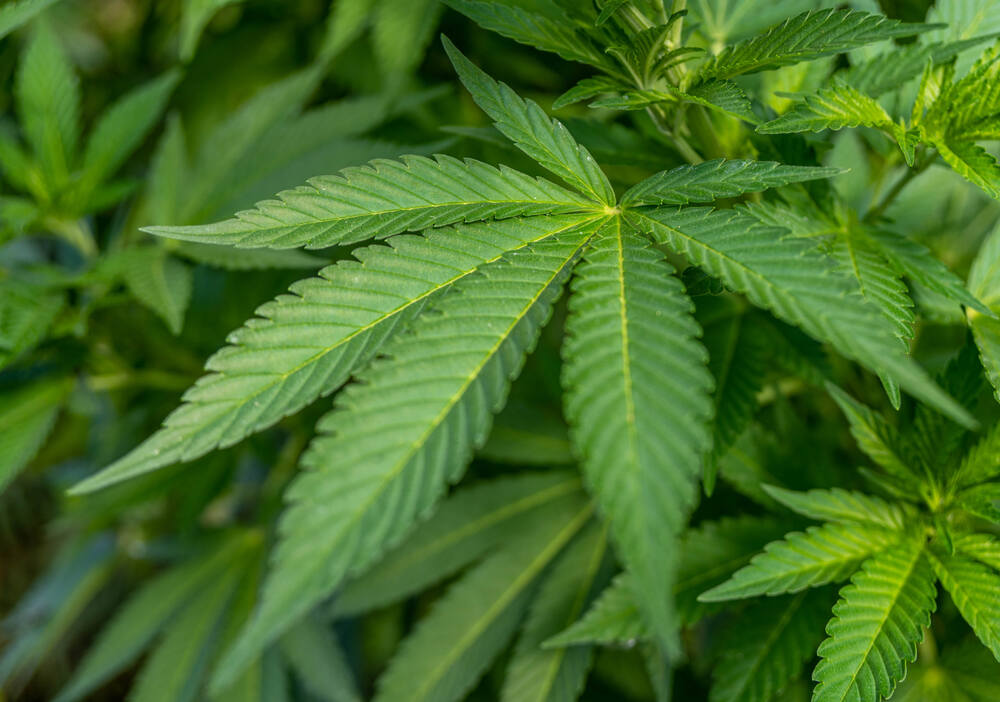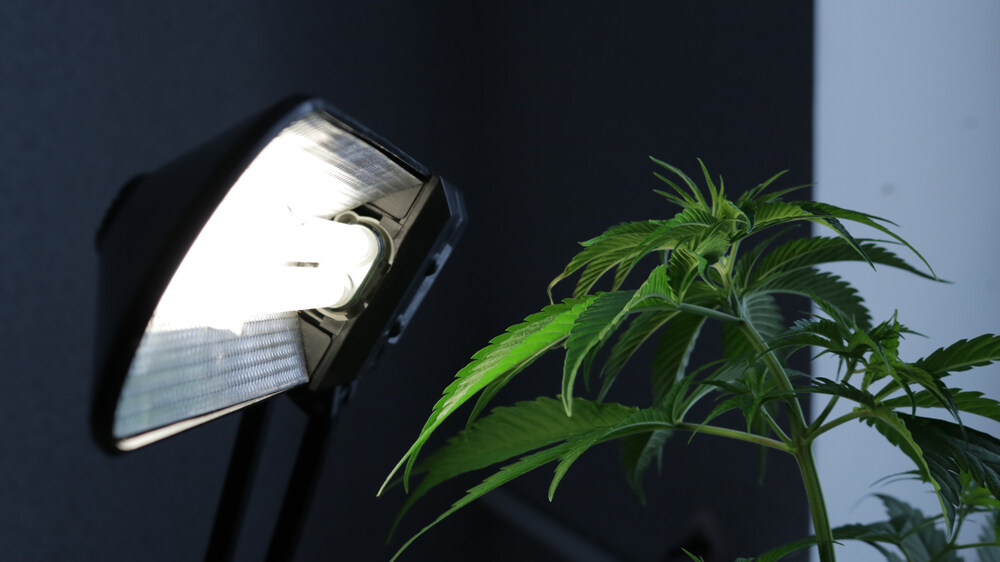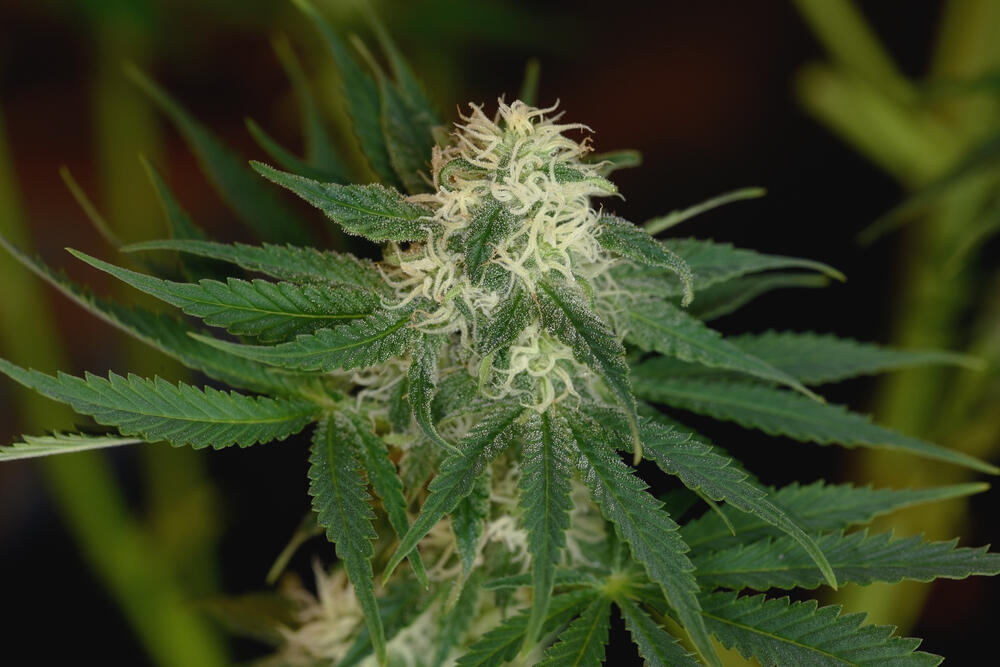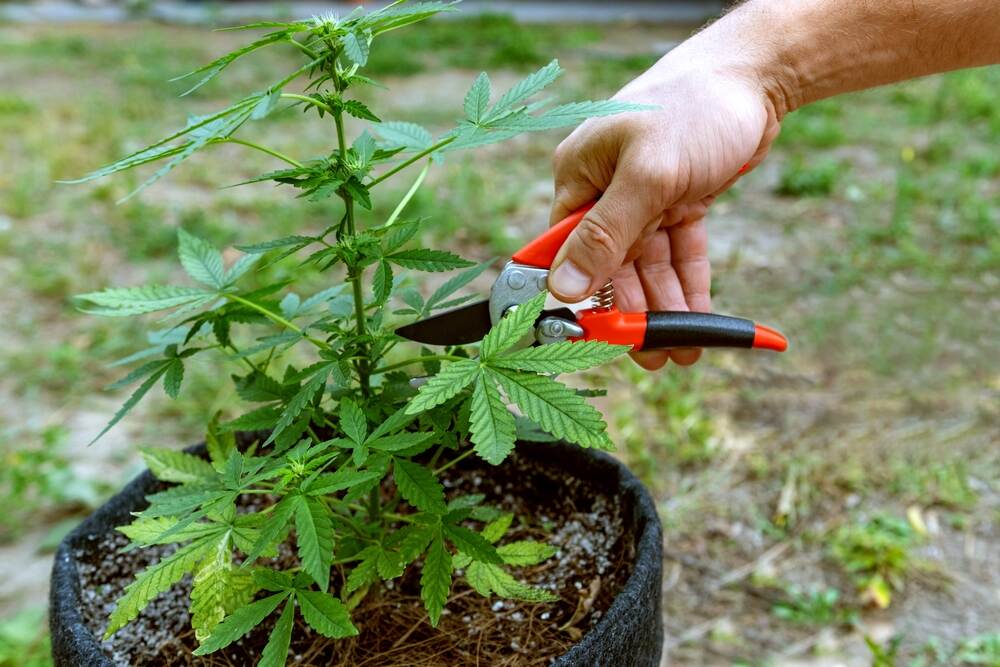
Why is my autoflower not flowering?
Growing autoflowers is usually a breeze, but sometimes, your plants might refuse to flower on time. If you’re scratching your head wondering why your autoflower isn’t blooming, don’t worry, it’s not uncommon. In this guide, I’m going to show you the most common reasons for this, how to troubleshoot and what you can do to get those buds forming.
Common reasons why autoflowers don’t flower
If your autoflower isn’t flowering, there are a few usual suspects. Let’s dig into the key reasons this might be happening.
Incorrect light cycle
One great thing about autoflowers is that they don’t rely on the traditional 12/12 light cycle to start flowering, but this doesn’t mean light isn’t important. If your plant isn’t getting enough light (at least 18 hours a day), it could delay flowering. Too little light and it’s almost as if your autoflower is hitting the snooze button on blooming.
Low-intensity lighting
Even with the right light schedule, the intensity matters. If you’re using weak lights, your plant might not get the energy it needs to transition into flowering. Upgrading to stronger grow lights or adjusting the distance between the lights and your plant can help nudge it in the right direction.
Environmental stress (temperature and humidity)
Plants get stressed too! If your grow room is too hot or too cold, or if humidity levels are off, your autoflower might take its sweet time to start flowering. Keep your grow space around 70-85°F (about 21-29°C) with humidity around 40-60% for best results.
Nutrient imbalances
Just like humans need a balanced diet, autoflowers need the right nutrients at the right time. Too much nitrogen, in particular, can delay flowering. Make sure you’re using bloom nutrients, which are higher in phosphorus and potassium, once your plant should be flowering.
How to identify issues with light cycles and intensity

What light schedule should autoflowers be on?
Autoflowers are pretty chill with their light schedule, So they don’t need the strict 12 hours of darkness that photoperiod plants do. Stick to a 18/6 or 20/4 light cycle. If you’ve been doing 12/12, switch it up and see if your plant responds.
How to measure and adjust light intensity
Measuring light intensity sounds technical, but it’s easier than it sounds. Use a lux meter or PAR meter to measure how much light your plants are getting. If the numbers are too low, move the lights closer (but not too close) or get stronger grow lights. You’re aiming for strong, consistent light to help your autoflower plants transition.
Signs of light stress in autoflowers
Light stress isn’t just about too little light—too much light can fry your plants too! Look for signs like bleaching (leaves turning white) or curling. If this happens, your lights are probably too close or too intense. Raise them up a little to avoid potential heat stress issues.
How nutrients affect flowering in autoflowers

Importance of the right nutrient balance for autoflowers
Your autoflower needs a balance of nutrients, but it especially needs a shift when it’s time to flower. Too much nitrogen (found in most grow nutrients) can keep your plant in the vegetative stage, while phosphorus and potassium are key for flowering.
Overfeeding vs underfeeding – symptoms and fixes
Overfeeding is a common mistake especially if you’re used to growing photoperiod plants. Autoflowers don’t need as much feeding. Signs of overfeeding include nutrient burn (yellow or brown leaf tips) and clawing leaves. If you’re underfeeding, the plant will grow slowly and may look pale or weak. Adjust accordingly by switching to a bloom nutrient formula.
The role of phosphorus and potassium in flowering
When it comes to flowering, phosphorus and potassium are your plant’s best friends. These nutrients help with bud formation and overall plant health during flowering. Make sure you’re using a good quality bloom fertilizer that’s higher in these nutrients.
How environmental factors impact autoflowering
How temperature affects autoflower growth and flowering
Autoflowers are sensitive to extreme temperatures. Too cold, and your plant slows down; too hot, and it can stress out, potentially stalling flowering altogether. Aim for a steady temperature of around 70-85°F (21-29°C). If you notice slow growth or delayed flowering, check your temps first.
Managing humidity levels to encourage flowering
Humidity can affect how well your plant absorbs water and nutrients. During flowering, aim for lower humidity levels (around 40-50%). High humidity can lead to mould or mildew, which nobody wants. Adjusting humidity can make a big difference in your plant’s health.
Impact of stress factors like overwatering or root problems
If your plant is stressed, it might take longer to flower. Overwatering is a big culprit here, leading to root rot and delayed growth. Make sure you water properly, allowing the soil to dry out between watering and avoid drowning your plant!
How to encourage stalled autoflowers to flower

Adjusting the grow environment
If you suspect your environment is the problem, now’s the time to tweak it. Check your lights, adjust your temperature and get your humidity in check. Small changes can make a big difference in getting your plant back on track.
Pruning and training techniques
Sometimes your plant just needs a little TLC. Pruning (removing lower leaves and branches) or training (gently bending branches) can help direct more energy to bud sites, encouraging flowering. I’ve seen great results by doing a little light pruning once the plant reaches mid-veg stage.
When to start flushing autoflowers to encourage flowering
If your autoflower has been stuck in veg for a while, flushing it (giving it plain water) can help reset the nutrient balance and encourage flowering. Start flushing two weeks before you expect to harvest to get rid of any built-up nutrients.
Autoflower strain genetics and flowering behaviour
Understanding the genetics of autoflowers and their flowering timelines
Different autoflower strains have different flowering timelines. Some may take longer to flower than others. Research the strain you’re growing and see if it’s just a slow bloomer. Sometimes patience is key.
How different autoflower strains can affect flowering speed
Strains like Northern Lights tend to flower faster while others such as Gorilla Glue or Amnesia Haze might take a bit more time. If you’re after quick results, pick a strain known for its speedy flowering.
Choosing the right autoflower strains for faster flowering
If you want fast-flowering strains, I recommend going for Pink Runtz or Berry Ryder. These strains are bred to flower faster, so if you’re in a hurry, they’re a great choice.
FAQs:
Why is my autoflower not switching to flower?
Light intensity, incorrect nutrient balance, or environmental stress can delay flowering. Adjust your light, switch to bloom nutrients and ensure stable conditions.
Can low light intensity delay autoflower flowering?
Yes, insufficient light can slow flowering. Check your grow lights and increase intensity or move lights closer to the plant.
Do autoflowers need 12/12 light cycle to flower?
No, autoflowers flower automatically under 18/6 or 20/4 light cycles. A 12/12 cycle is not necessary.
What nutrients encourage flowering in autoflowers?
Phosphorus and potassium help autoflowers transition into flowering. Switch to bloom nutrients when flowering should start.
How can I fix environmental stress in my autoflower?
Adjust temperature and humidity, keep your grow space stable and avoid overwatering or nutrient imbalances.
If your autoflower isn’t flowering, don’t panic. Most issues can be fixed with some tweaks to your light setup, nutrients or environment. Take a step back, make the necessary adjustments and your plant will likely bounce back and start flowering in no time.
